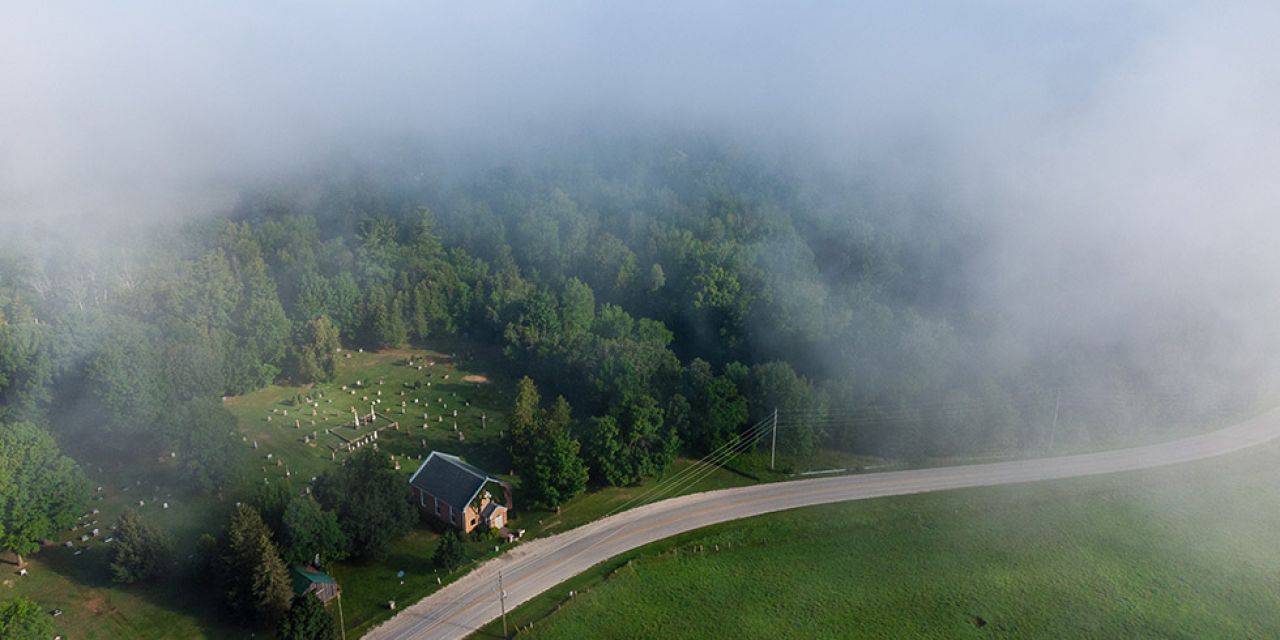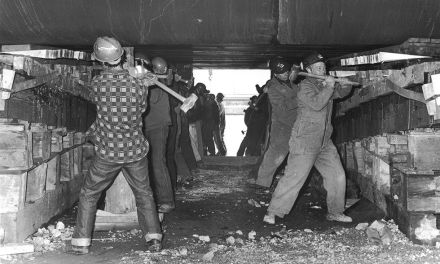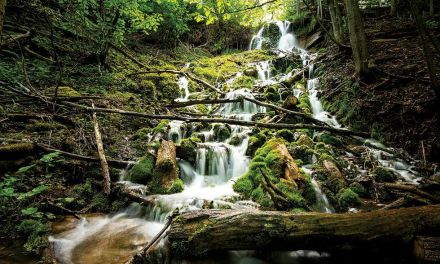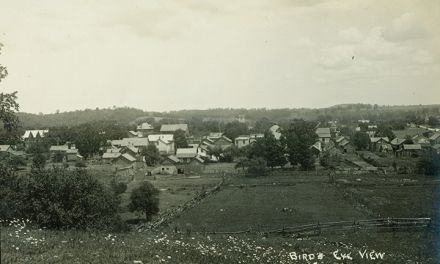Strings & Stories
words and photography by John Fearnall
The historic Leith Church, renowned for its enchanting acoustics and rich musical history, comes alive each summer with a vibrant festival that unites the community and celebrates its storied past.
Recently, my wife and I felt the itch to travel. After considering some favorite Canadian destinations— Halifax, Quebec City, and Kingston—we opted instead for a mini road trip closer to home along the shores of the Niagara River and Lake Erie. We had a fantastic time, and it reminded us how much beauty and history are in our own backyard.
Although I meant that metaphorically, it is literally true. And, yes, I am using that often misused term correctly as the Leith Church is literally in our backyard. You have to cross Telfer Creek to get to it, but it’s there, just beyond the pines.
Having lived in the Owen Sound area since 1977, I’m embarrassed to admit that before we moved here around the turn of the century, I had no idea Leith existed. The only memory I have of coming north on the East Bayshore Road was when the father of a friend drove a group of us teenagers to Hibou to swim on a hot summer day.
But since finding our home, I’ve learned much about the area. Our home is located on what used to be the Leith golf course, with nine holes running along both sides of Telfer Creek. Tom Thomson grew up just across the creek, and I like to imagine we’ve walked the same paths. The pilings at the mouth of the creek that I often paddleboard over once held a large pier that was meant to compete with Owen Sound. And, of course, there is the history of the Leith Church and its cemetery, where Tom Thomson may or may not be buried.
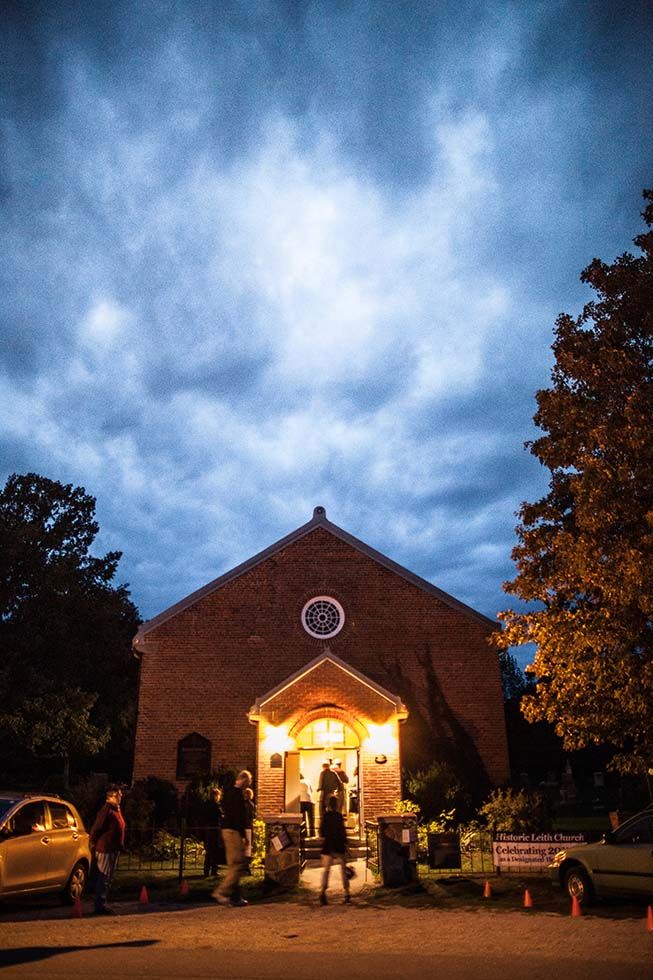
The Leith United Church and cemetery are a legacy of the 19th century. In the summer of 1864, Alexander Hunter, a student missionary, was appointed to guide the congregants of a new church. With funds raised locally and from the mother church in Guelph, the people of Leith turned the first sod on a site donated by the Ainslie family. It was in a central location in the village, close to Telfer Creek. The closest neighbor was a mill and a distillery, then in its final days.
It was a “church in the wilderness.” Eight months went by as the small place of worship was built. The design was typically Scottish, with high gables and long square windows sweeping down from the eaves. Capable of holding 250 congregants with pews and doors (possibly made from planks of the destroyed Ainslie dock), the “Auld Kirk” was dedicated on January 28, 1866. Over the years, additions were made: a new brick porch, a trio of pulpit chairs, and an organ.
The church eventually closed in 1969. Turned into a repository of records, the old church remained until a group of interested local residents reopened the building. Over the past several decades, music lovers have flocked to Leith to listen to music, both classical and folk.
And today, the sounds of the summer can be heard as the Leith Summer Festival gets underway each year. The festival, dubbed “The Small Festival with the Heavenly Sound,” is a series of five vibrant concerts, which draw talented musicians from different genres and backgrounds. From classical symphonies to contemporary jazz ensembles, the festival offers a diverse range of experiences. The excellent acoustics of the church enhance the experience for both performers and attendees.
This summer, the festival is thrilled to announce the appointment of Dr. Jeremy Bell, violinist, as the new Artistic Director. Dr. Bell has deep ties to the Leith Summer Festival and is very fond of its venue, the Historic Leith Church, and the Leith area.
The festival kicks off with the Gala Opening Concert on Saturday, June 22nd. The exciting evening featured a blend of classical and pop, Western and Indian music, performed by Dr. Bell’s Penderecki String Quartet and the Indo-jazz funk band Autorickshaw from Toronto.
July brings the New Zealand String Quartet and the Swiss Piano Trio to North America. The New Zealanders play a matinee on Sunday, July 7th. They have been performing around the world for 30 years, and their program of Shostakovich and Debussy will show them at their zenith. The Swiss Piano Trio, who play Saturday, July 27th, have established themselves as one of the leading piano trios in Europe.
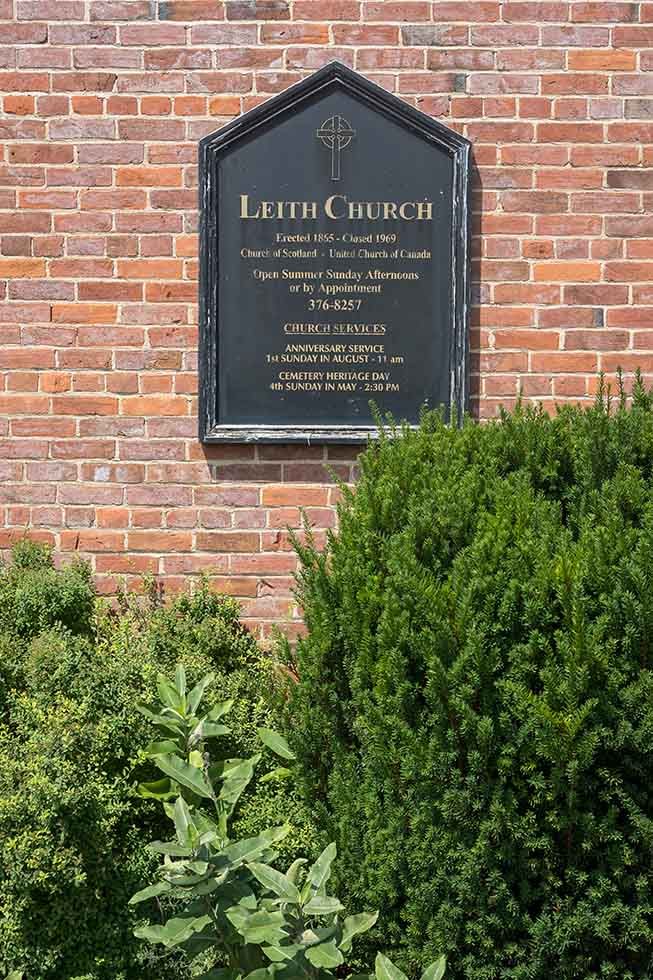
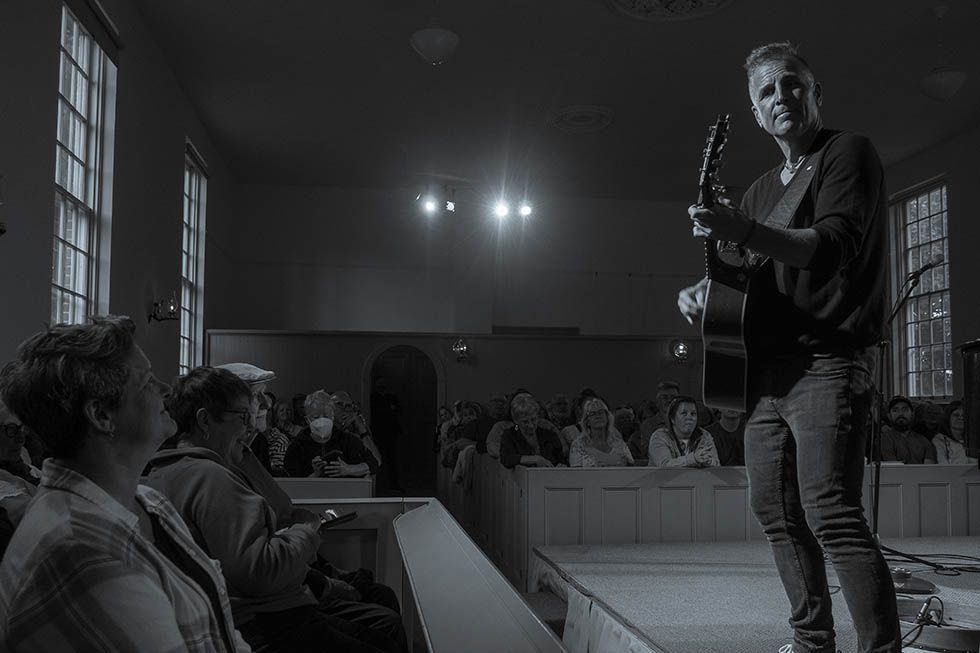
Séan McCann of Great Big Sea kicks off the 2024 Leith Church season with a Mudtown Records concert.
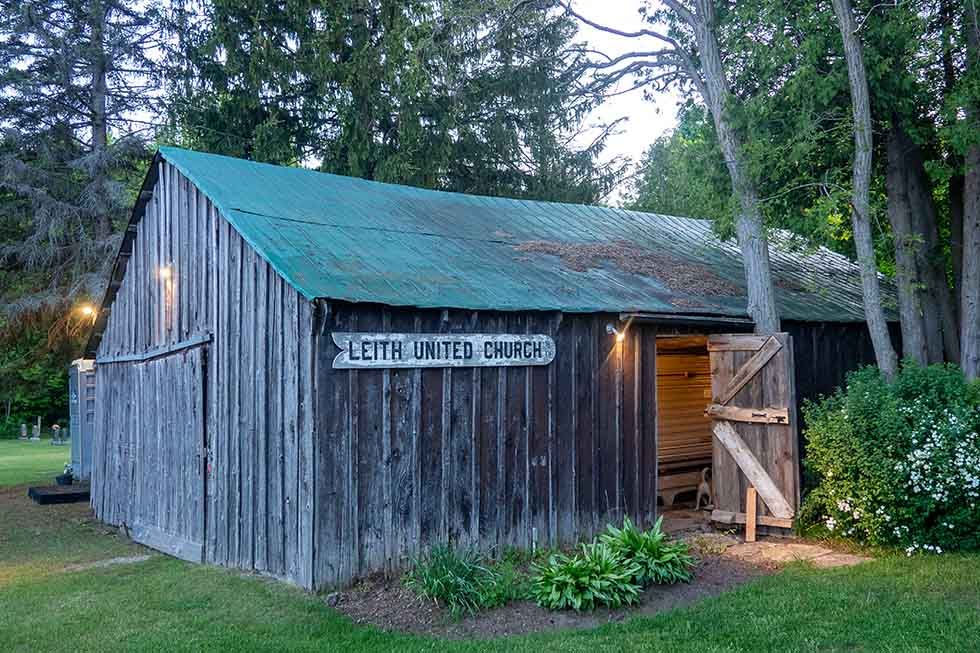
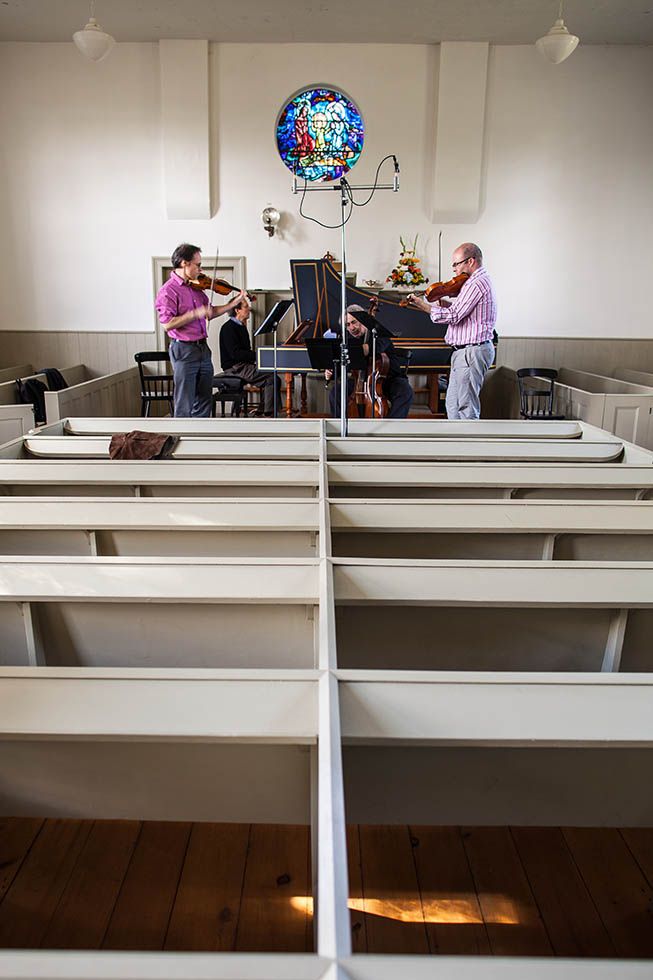
Performers rehearse for a Sweetwater Music Festival gala concert.
On August 11th, former KW Symphony concertmaster Bénédicte Lauzière teams up with pianist Angela Park in a recital program they have been performing frequently this season. The program includes virtuosic and lush works by Saint- Saëns and Chausson.
The Festival Concert Finale takes place on Saturday, August 24th, and features Stewart Goodyear, Canada’s preeminent ambassador to the international piano stage. His program includes Beethoven’s Appassionata and Gershwin’s Rhapsody in Blue.
As well as hosting its own festival, the Leith Church is also one of the homes of the Sweetwater Music Festival, which runs September 11-15, 2024. On Friday, September 13th, the church hosts a lantern-lit evening of chamber music featuring some favorite SweetWater festival artists, including Keith Hamm and Julie Hereish, plus new faces such as Michael Gurevich and Sarah McElravy.
And, of course, the church has some events of its own, including a family ceilidh on Saturday, July 20th, an annual country market on Saturday, August 3rd, and the Leith Church Anniversary Service on Sunday, August 4th. On December 15th, the church hosts another annual tradition, The Festival of Nine Lessons and Carols.
Visitors to any of these events at the Historic Leith Church are immersed in a memorable experience that combines history, culture, and community. E
For the complete list of events, go to leithchurch.ca. To learn more about the Sweetwater Music Festival, visit sweetwatermusicfestival.ca
Information on the history of the Leith Church is provided by Andrew Armitage.

